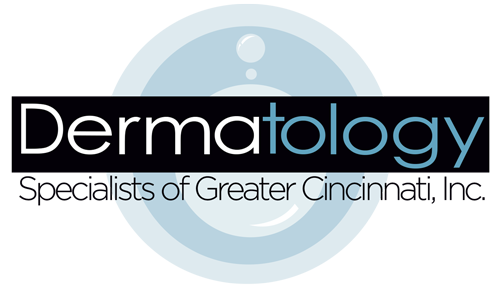What is Rosacea and How do I Treat it?
Tiffany Pickup, MD - August 2024
Rosacea is a chronic and progressive, benign inflammatory condition that affects the face. It can start in the late teens but is more common as adults hit their 30s, 40s and 50s. Rosacea is often the end-result of sun damage and has several genetic factors that can affect the progression of the condition.
There are several types of rosacea, most commonly erythematotelangiectatic, papulopustular, phymatous, and ocular. Several of these subtypes will often overlap and present in the same patient.
1) Erythematotelangiectatic: presents as background redness or pinkness of the face with overlying capillaries and dilated veins. It is most often on the nose, cheeks and chin but can be present on the forehead.
2) Papulopustular: presents as background redness with scattered capillaries and scattered papules and micropustules. It can often be confused with acne vulgaris, and some patients do present with an overlap of both acne and rosacea.
3) Phymatous: presents as a thickening of the skin most commonly on the nose and chin. It often looks like a pin cushion with accentuated pores, capillaries and background redness of the skin.
4) Ocular: presents as pink edematous eyelids, conjunctival erythema, and often irritation of the eyes. Patients may also be more susceptible to styes and chalazions of the eyelids.
Several factors lead to rosacea such as sun damage and genetics but can be exacerbated by variables that increase blood flow into the skin and inflammation such as alcohol, spicy foods, hot caffeine drinks, sun, heat, cold, hormonal changes, stress, and several medications.
There are numerous treatments depending on the types of rosacea that a patient may present with. The “gold standard” of treating redness or pinkness and capillaries of the skin are lasers or light therapy. Vbeam or Pulsed Dye Laser, IPL, and KTP (varilite) are devices that target the hemoglobin in the skin to decrease the condition. It often takes several treatments depending on the severity of the rosacea, and it’s often recommended to have maintenance treatments at least yearly given that it is a chronic, progressive condition that worsens as we age.
Papulopustular rosacea may sometimes respond to prescription medications such as topical creams, washes, oral medications, salicylic acid and Jessners peels, and light therapy with Vbeam laser or IPL.
Phymatous rosacea often requires a combination approach to treatment.
Our board-certified team at Dermatology Specialists of Greater Cincinnati understand that dealing with rosacea can be frustrating and even embarrassing. We are experts at recommending what you can do to improve your rosacea!

